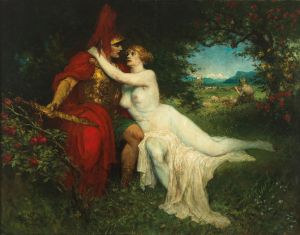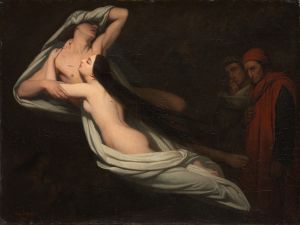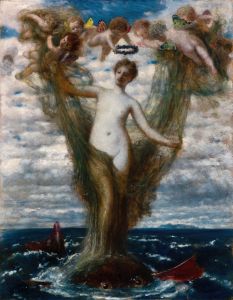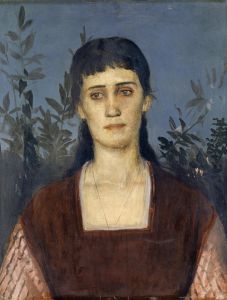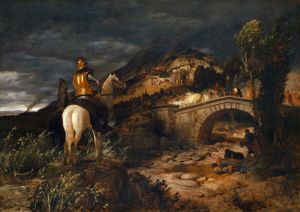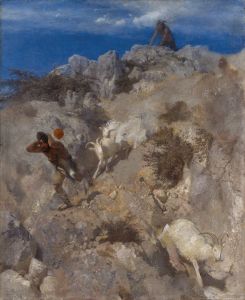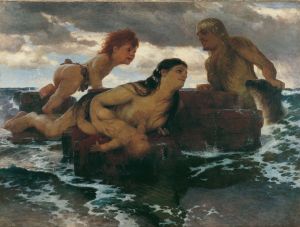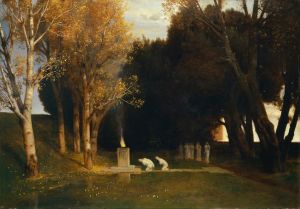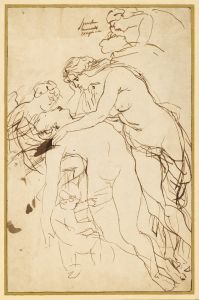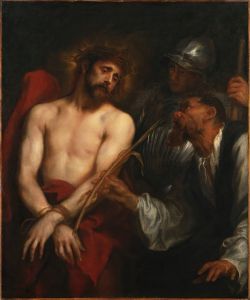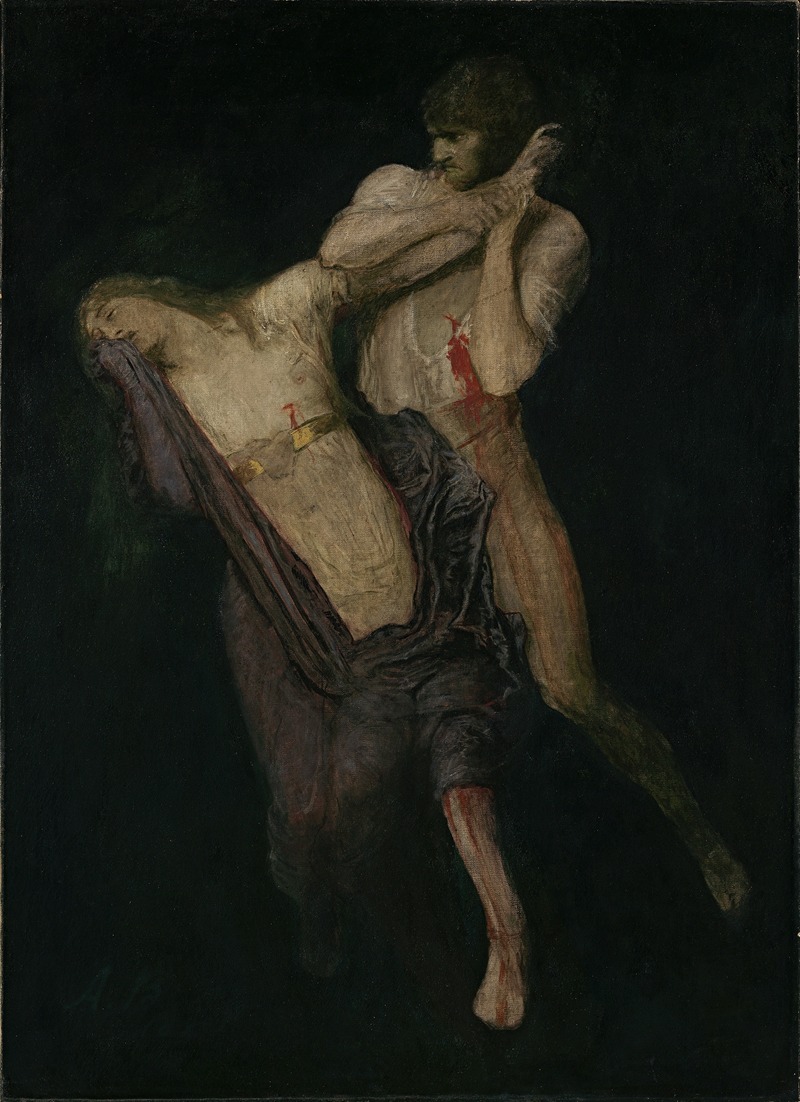
Paolo and Francesca
A hand-painted replica of Arnold Böcklin’s masterpiece Paolo and Francesca, meticulously crafted by professional artists to capture the true essence of the original. Each piece is created with museum-quality canvas and rare mineral pigments, carefully painted by experienced artists with delicate brushstrokes and rich, layered colors to perfectly recreate the texture of the original artwork. Unlike machine-printed reproductions, this hand-painted version brings the painting to life, infused with the artist’s emotions and skill in every stroke. Whether for personal collection or home decoration, it instantly elevates the artistic atmosphere of any space.
Arnold Böcklin's "Paolo and Francesca" is a painting that draws its inspiration from the tragic love story of Paolo Malatesta and Francesca da Rimini, as famously recounted in Dante Alighieri's "Divine Comedy." Böcklin, a Swiss symbolist painter known for his imaginative and often fantastical works, created this piece to capture the emotional intensity and dramatic narrative of the ill-fated lovers.
The story of Paolo and Francesca is found in the fifth canto of Dante's "Inferno," where Dante and his guide, Virgil, encounter the souls of the two lovers in the second circle of Hell, reserved for the lustful. Francesca was married to Paolo's brother, Gianciotto Malatesta, but fell in love with Paolo. Their adulterous affair was discovered, and they were both murdered by Gianciotto in a fit of rage. Dante portrays them as eternally swept together in a violent storm, symbolizing their uncontrollable passions.
Böcklin's interpretation of this narrative is characteristic of his style, which often blends mythological themes with a deep sense of emotion and drama. While specific details about the painting's creation, such as its exact date and current location, are not widely documented, Böcklin's work typically reflects his interest in exploring themes of love, death, and the supernatural.
In "Paolo and Francesca," Böcklin likely employs his signature use of vivid colors and dynamic compositions to evoke the tumultuous emotions and tragic fate of the lovers. His ability to convey complex narratives through visual art aligns with the Symbolist movement's emphasis on expressing ideas and emotions rather than depicting reality.
Böcklin's broader body of work often includes mythological and literary subjects, and "Paolo and Francesca" fits within this context as an exploration of human emotion and the consequences of passion. His paintings are known for their atmospheric qualities and often feature dreamlike or otherworldly elements, which may also be present in this piece.
While "Paolo and Francesca" is not as widely recognized as some of Böcklin's other works, such as "Isle of the Dead," it nonetheless contributes to his reputation as a painter who skillfully merges narrative content with symbolic and emotional depth. Böcklin's art continues to be studied for its unique approach to storytelling through visual means, and "Paolo and Francesca" remains a testament to his ability to capture the essence of literary and mythological tales.
Overall, Arnold Böcklin's "Paolo and Francesca" exemplifies his talent for transforming literary inspiration into a compelling visual narrative, reflecting the enduring power of Dante's story and the universal themes of love and tragedy.






